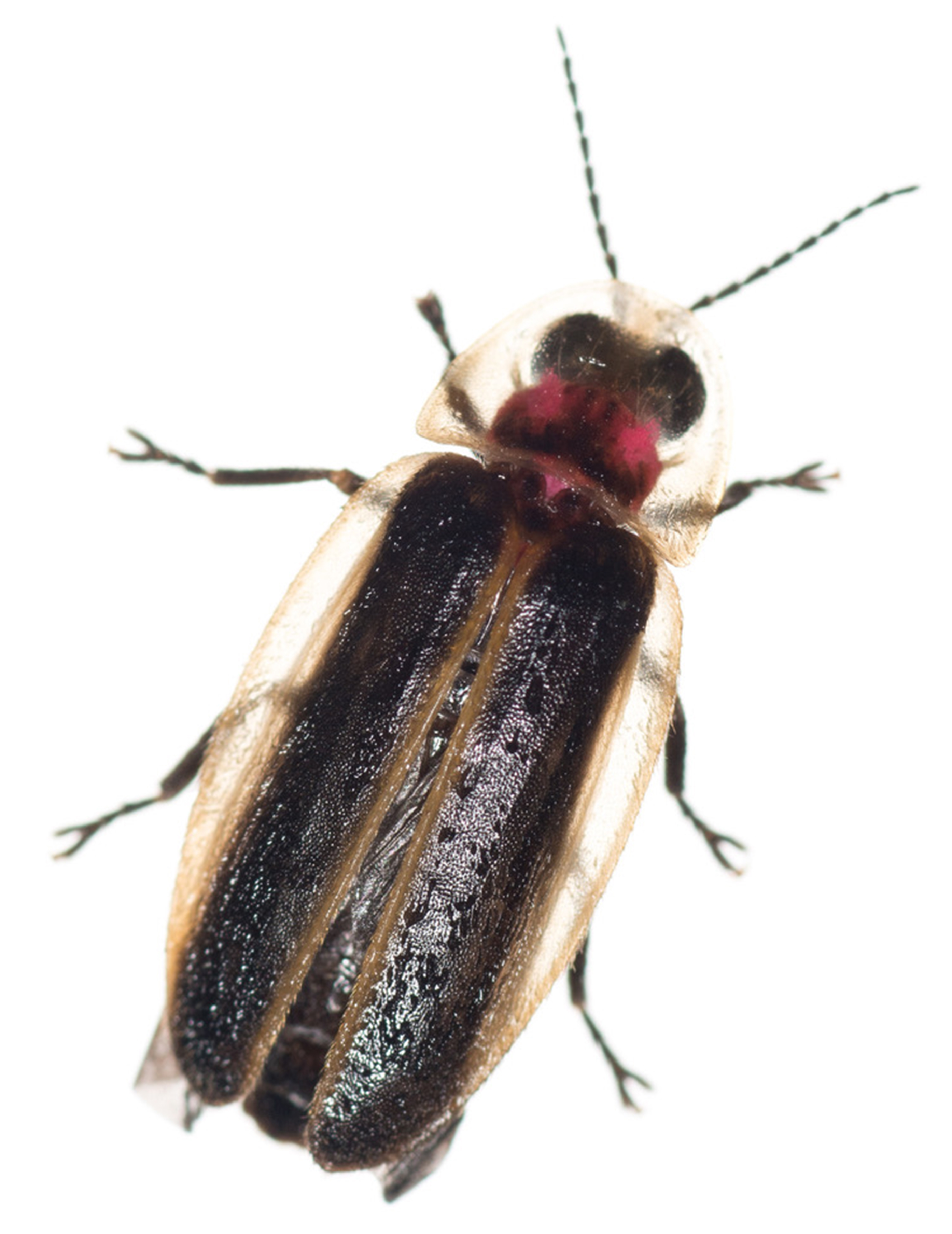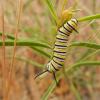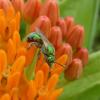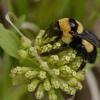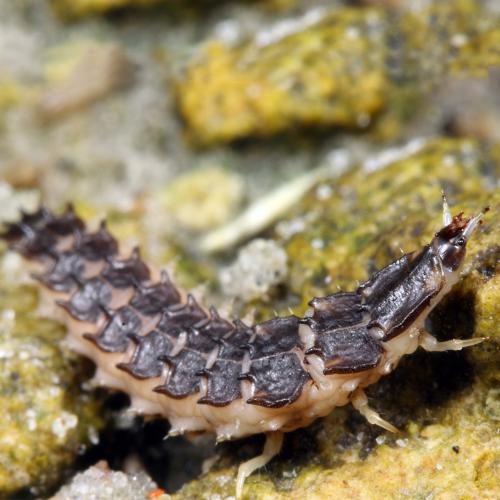
Activity Period and Flash Signal
Adults can be active year-round, but particularly from March – May. Males emit short single or bimodal flashes every couple seconds; females respond with prolonged, modulated glow-flashes lasting up to a minute.
Adult of the Florida intertidal firefly. (Photo: Drew Fulton)
The Florida intertidal firefly occurs along the Florida coast and on some northern islands of the Bahamas.
True to its name, this species inhabits the intertidal zone of salt marshes, mudflats, and mangroves in coastal areas.
- IUCN Red List status: Endangered
- NatureServe status: G3? - Vulnerable, S3 (Florida)
- U.S. Endangered Species Act status: Petitioned for listing in March 2023
This species is threatened by coastal development, light pollution, agricultural activities, and pesticides. Mangroves are among the most endangered coastal habitats in Florida, and many have already been decimated, potentially leading to the decline of this species. Increasing frequency and severity of hurricanes and other storms may also pose a threat. Several populations in Florida now appear to be locally extinct.
- We need to know more about the distribution of this species. Report sightings of any flashing fireflies you see along the Florida coast to the Firefly Atlas!
- Turn off your outdoor lights at night so the lights of this firefly aren’t diminished by light pollution. You can read more about firefly-friendly lighting in our fact sheet.
- Avoid pesticide use, which could harm this firefly, its habitat, or its prey.
- More research on population size and trend is needed for this species.
Candace Fallon, The Xerces Society for Invertebrate Conservation, based on the IUCN Red List assessment

